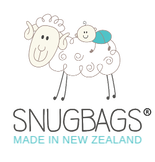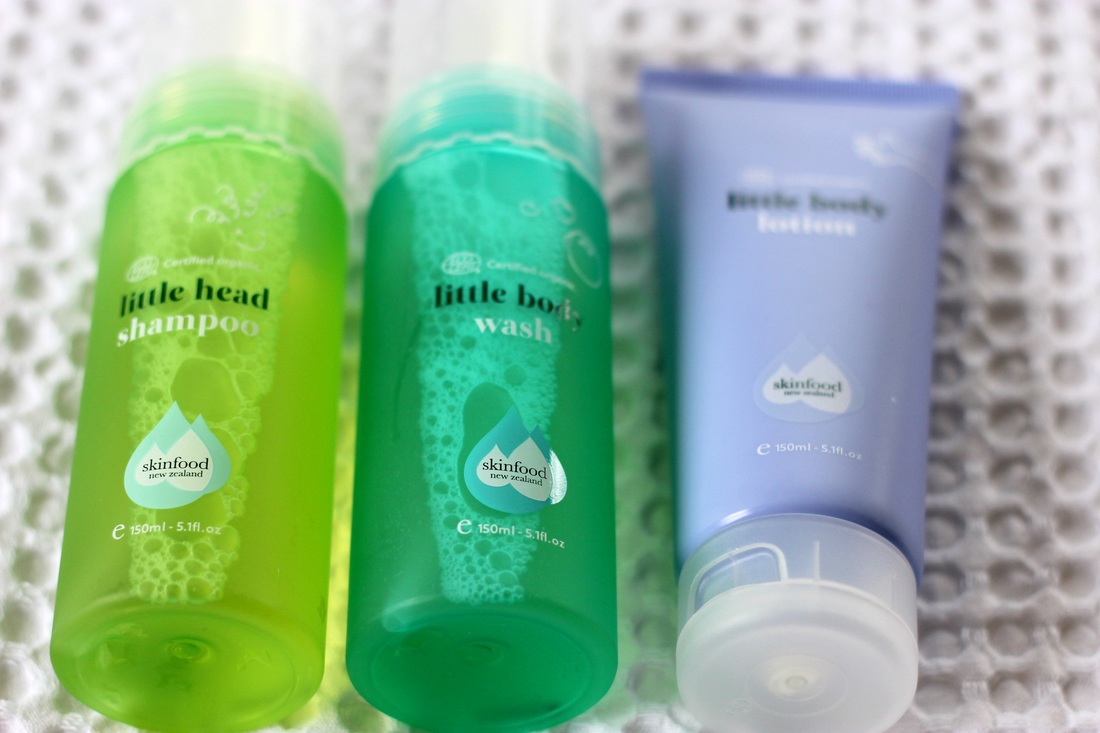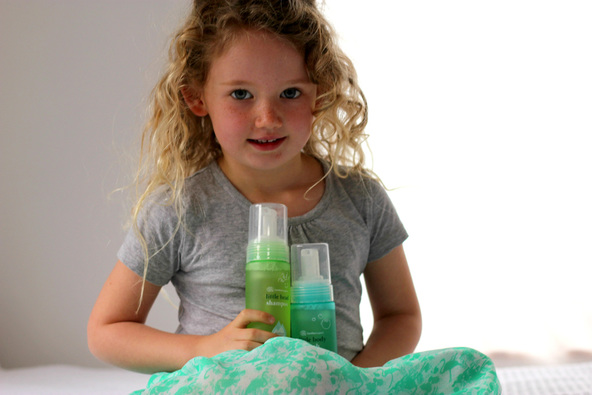|
SNUGBAGS™ are proud supporters of Sids and Kids and we help to raise awareness for Safe baby sleep conditions. SIDS and Kids is often asked by parents about appropriate sleeping conditions for their babies, such as what sort of bedding to use, and what room temperature is best. These are important issues as babies control their temperature through the face and head. Sleeping baby on the back and ensuring that the face and head remain uncovered during sleep is the best protection from overheating and suffocation. The association between overheating and Sudden Infant Death Syndrome has been known for several years. Current research suggests that if your baby becomes too hot, the risk of SUDI is increased. Overheating can be caused by room heating, high body temperature and excessive clothing or bedding. Here are some answers to these questions and advice on safe sleeping. ‘What bedding should we place on baby when in a sleeping environment?’
Best practice to avoid overheating
Article written by Sids and Kids. More info on www.sidsandkids.org
0 Comments
We were so excited to get our hands on the beautiful new Little Skinfood range, including a luxurious talc free body powder, a baby massage oil, a bottom balm and divinely smelling (very subtle) shampoo & body wash and body lotion . The range is Certified Organic by ECOCERT or made with 100% natural ingredients. No baddies and guaranteed free from synthetic preservatives, fragrances and colours. And best of all made right here in New Zealand! We were lucky enough to receive samples to review Little Skinfood’s gorgeous body wash, shampoo and body lotion. All certified organic by ECOCERT and all 100% natural. Needless to say our little miss 4 Neeva Rose was in girly girl heaven receiving her gorgeous goodies and she could not wait to get into the bath to test them all out!! The Shampoo and Wash come in the most beautiful see-through packaging and when using the pump disperser a little bit of foam gets distributed in the palm of your hand. This scored the big thumbs up as it was such a novelty and a lot of very good washing and even hair washing (which does not happen very often!!) as a result of that. As a mum I loved the foam as well especially considering how easy this would be with a small baby as there is no need to rub your hands together as the foam is already there.
The Shampoo and Wash have a very gentle, faint natural smell of mandarin which left Neeva Roses hair and skin feeling soft and fresh. The products are really gentle and do not strip skin or hair of their natural oils which is really important to me. I also really like that there is no added perfume as little ones smell beautiful enough as is! The body lotion (or potion as Neeva Rose calls it) is very light and easily absorbed and is completely odour free. She loved the fact that it’s non-sticky and light as with others we have used in the past she didn’t like the ‘heavy’ sticky feel. For me I love the fact that all products are safe and gentle for littlies and 100% natural and/or ECOCERT certified organic. Being New Zealand made is also a big bonus as we love supporting fellow NZ made companies. What I also thought was a real bonus that the body wash doubles as a face wash for mum and the body lotion makes a great hand cream!! For more info about the rest of this beautiful range go to www.skinfood.co.nz Bringing your new baby home in the cold winter months can seem a little daunting - after all, baby can't tell you whether he or she is too hot or too cold. Special care needs to be taken to ensure that your baby is healthy and comfortable during the winter months. DOES MY BABY NEED A HEATER? Newborns are not able to regulate their own body temperature as effectively as older children and adults, so they are particularly affected by dramatic fluctuations in temperature. Where possible, keep your baby in an environment where the temperature is fairly stable, this is more important than the actual temperature itself. The optimum temperature for the nursery is between 16-20 degrees Celsius. If you do choose to use a heater in baby's bedroom, ensure that you also have a thermometer to monitor the room temperature so it doesn't get too warm, or use a heater with a thermostat. HOW MANY LAYERS DOES MY BABY NEED? The general rule of thumb when it comes to dressing newborns is that they need one layer more than you are wearing yourself. If you are swaddling your baby, count the swaddle or wrap as one layer of clothing. The most effective way to check whether your baby is warm enough is to feel the back of his or her neck, or across his or her back underneath their clothing. It is normal for baby's hands and feet to be cooler than the rest of his or her body, so they are not an accurate way to check his or her temperature. WHAT TO WEAR WHEN GOING OUTSIDE? When taking your baby out, he or she will need a hat and mittens. Merino wool or other natural fibers are best. Socks and warm booties are also a must as well as a warm and windproof jacket and pants. When your baby is lying in the pram make sure to add extra blankets and check regularly to see if she is still warm and snug, it is easy for little ones to get cold specially when they are lying still (unlike us who get warm while pushing the pram!). WHY ARE NATURAL FIBRES SO IMPORTANT? When choosing your baby's clothing and bedding, it is best to choose natural fibres such as cotton and merino, as these fibres allow your baby's skin to breathe. Merino is a particularly good winter choice as it gently wicks moisture away from your baby's skin so that if he or she is sweating, or has a nappy leak, the clothing is not cold and damp against his or her skin. Artificial fibres such as polar fleece don't breathe, and can cause your baby to overheat in warmer temperatures as well in cooler temperatures. Article via Ohbaby.co.nz
“My six week old baby will only sleep in my arms, whenever I put him down, even when he has fallen asleep, he wakes almost immediately.” I (Pinky McKay) receive emails and facebook messages every single day from new mothers who are confused that they cannot simply pop a newborn down to sleep. Of course it’s stressful to be ‘the one’ who is holding your baby most of the day but it’s even more stressful to wonder, am I doing something ‘wrong’? Or to worry, am I creating ‘bad habits’? It may help to know you are not alone and that it is very normal for newborns to want to be held against your warm body, close to your comforting heartbeat – in fact, many experts call this the ‘fourth trimester’ . What this means is that human babies are born immature so they really need some extra time to adapt to being ‘on the outside’ while their little bodies and nervous systems develop some more. This isn’t a time for ‘training’ or ‘teaching’ your baby to ‘self-settle’ or to worry about whether you are making the proverbial ‘rod for your back’ but a time for getting to know your baby and helping him feel secure outside the safe womb world. Just for a moment, put yourself in your baby’s bootees and consider how overwhelming the physical and sensory changes must be for your newborn: imagine yourself soaking in a warm bath by candlelight, listening to the sounds of hushed voices drifting from another room or sift music playing in the distance. Now imagine standing on a buy street corner in the middle of winter, with the headlights of a car shining in your face and loud traffic noise all around you. In the watery world of the womb, your baby was weightless and warm, he was comforted by the rhythm of your heartbeat and the gentle rocking motion of his “mother home” as his body was gently massaged by the uterine wall and contained by the boundaries of your own body. Now, from this dark warm world of muffled sounds, the newborn must get used to new sensations: air moving across his skin and into his lungs, lights, direct sounds, smells and stillness. Another thing that makes it difficult for your newborn to fall asleep without help is that for the first few months, your baby will enter sleep from an active sleep phase, he will also have a strong ‘startle’ reflex that will wake him as his tiny body jerks and his arms flail uncontrollably. So, it’s perfectly fine to cuddle, rock or breastfeed your baby to sleep – you can make changes gradually as your baby grows or whenever this becomes unsustainable. And if you want to put your baby down when he has dozed off, one tip is to hold your him until he is in a deeper phase of sleep before you pop him down – when his arm flops it’s a good sign that he is in a deep sleep. Instead of worrying about what you are doing ‘wrong’ because your baby needs to be helped to sleep, you can ditch the pressure and remind yourself that ‘this too shall pass’. It will, all too soon and you may even miss those delicious newborn cuddles. Soon, when you feel your baby may be ready to settle in a cot you can snuggle him until he is relaxed then give him the opportunity to snooze by himself. For now, when you feel ‘all touched out’ call for help. Hand your baby to a partner, friend or willing family member – you are not imposing, most people love baby cuddles. And try not to feel offended if your baby settles more easily in another pair of arms – it is probably just because he can’t smell your milk! Meanwhile, by offering what I call ‘womb service’, you can help your baby adapt to being ‘on the outside’. Womb Service: Womb service involves recreating the sensations your baby experienced while he was safely carried inside you. To help you remember the important aspects, I have called these the five Ws:
Warmth Inside your body, your baby didn’t experience cool air blowing on his tiny body or entering his lungs and these new sensations can be quite disturbing. So, at first, warm the space where you are going to be with your baby (16–20˚C will be a comfortable room temperature for your baby), and take care not to have fans or air-conditioners blowing directly onto him in warmer weather. If you are popping him into a cradle to sleep, he will be more comfortable (and likely to sleep better) lying on sheets that have been warmed slightly. You do need to take care not to overheat your baby, but you can warm his sheets slightly with a heat-pack before you place him into bed – test the sheets with your forearm to make sure they aren’t hot. Wrapping Just as your newborn was tucked snugly inside your body, supported by the uterine wall, you can provide a sense of security by swaddling him. With his limbs tucked securely against his body, just as they were in the womb, this will help your baby feel safe as well as inhibiting the newborn reflex known as the ‘startle reflex’, this is a primitive survival response that produces spontaneous, jerky movements and can be disturbing for your baby, literally. Snugbags Snuggle Pods are amazing for settling a newborn baby. Find out more here. Wearing your baby Inside your womb, your baby was lulled to sleep by your body movements as you went about your daily work. Now, the motion of being carried in a wrap or carrier against your moving body and your comforting heartbeat, as he breathes the familiar scent of your body, will help your baby feel safe. This feeling of familiarity will reduce stress hormones and help your baby relax – and a more relaxed baby will sleep more easily. Wearing your baby may have a balancing effect on his irregular rhythms of waking and sleeping, and is also thought to help him regulate his developing nervous and hormonal system, promoting day waking and night sleeping. Best of all, if your baby falls asleep in the sling, you will have two hands free to do a few chores, or you can go out and enjoy a walk. Water Help your baby recall his watery womb world by taking a bath together. Remember that in your womb, your baby was confined, not floating all stretched out, and his womb world was gently bathed in filtered light. By dimming the lights or bathing by candlelight with your newborn, you will help her recall the safety of her womb world and you will be able to hold her close and support her as she gradually relaxes and ‘uncurls’ her limbs. Bathing together is especially helpful if bonding has been interrupted by early separation or a difficult birth or feeding experience. It can also be lovely bonding time for father and baby. Womb sounds The calming, repetitive sounds of traditional lullabies recall the ‘womb music’ your baby heard before birth (your heartbeat, and fluids whooshing through the placenta). If you are feeling anxious or stressed, try humming, it will slow your breathing and help you relax so your energy will be more calming for your baby too. Baby music that incorporates elements such as the rhythm of a heartbeat or ‘white noise’ can have remarkable soothing effects, especially if played continuously through the night. Of course, your own singing voice is transportable ‘music’ that doesn’t rely on the availability of a CD player, and it will help induce calm and sleepiness just as well as any commercial music –even if you don’t have a fabulous voice! Pinky McKay is an Internationally Certified Lactation Consultant (IBCLC) and best-selling author of the newly revised and updated Sleeping like a baby. Original Article here: http://www.pinkymckay.com/help-my-baby-will-only-sleep-in-my-arms/
Get your tissues out and watch as these new mums get a beautiful, heartfelt surprise on their baby's first birthday xx |
Author
Kim is the owner of SNUGBAGS - Merino for Kids. Together with her partner James and their little girl Neeva Rose, she lives in a little beach town called Piha on the West Coast in New Zealand. They love surfing, building sandcastles and all things natural and organic. Categories
All
Archives
October 2021
|
|
Online shopping with us
> Shipping > Guarantee & Returns > Product Videos > SNUGBAG selector tool > Privacy policy > Farm to SNUGBAGS |
Our Products
> Our Merino > Our Organic Cotton > FAQ > Washing & Care > Pediatrician Endorsed > Intellectual Property |
Customer Service
NZ: 0272 761175 Int: +64 272 761175 [email protected] > Contact Us > Our Journal > Become a VIP! |
© copyright 2022 SNUGBAGS











 RSS Feed
RSS Feed
